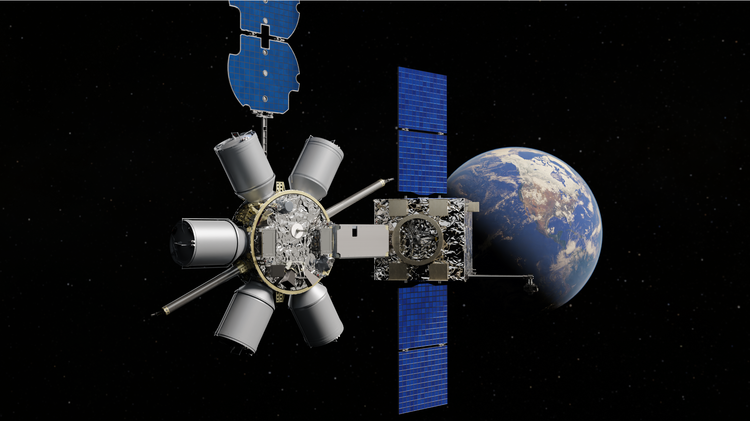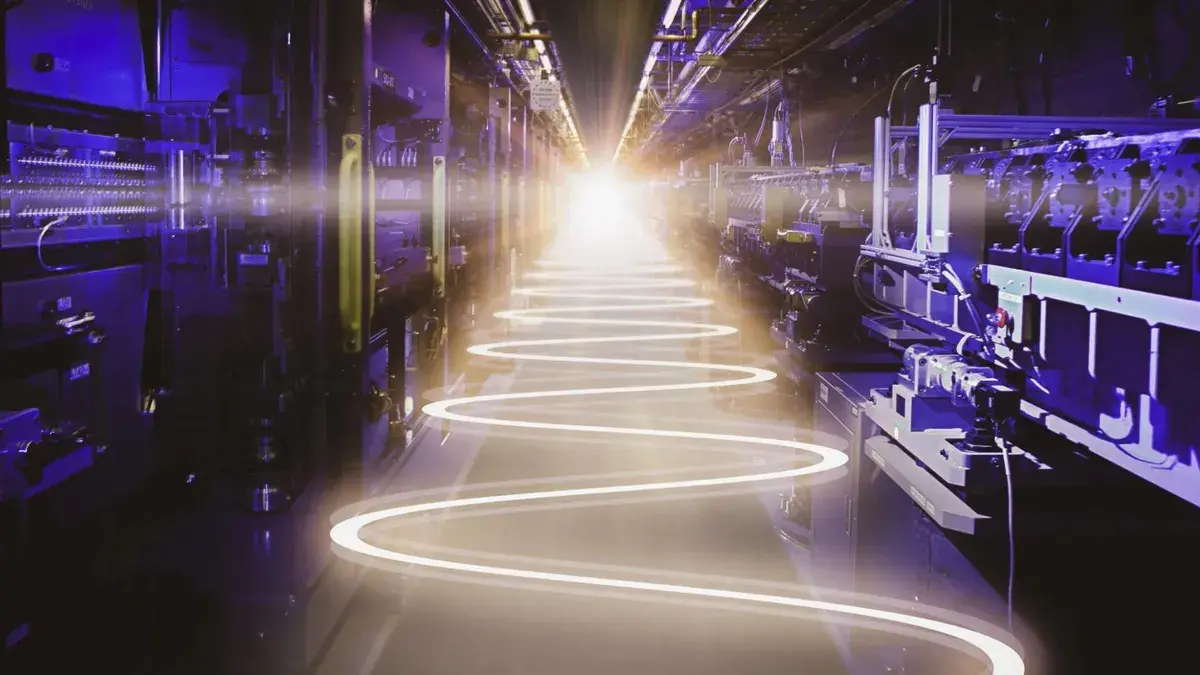As urbanization intensifies and sea levels rise, floating infrastructure is gaining attention as a potential solution for space-starved cities. From offshore energy platforms to floating homes and even entire cities, these structures are designed to stay above water. However, creating floating infrastructure presents a unique set of engineering challenges. Here’s a look at what’s involved in building these innovative, water-based structures.
What Is Floating Infrastructure?
Floating infrastructure refers to any structure designed to float on water. Examples include offshore energy platforms, floating homes, bridges, and future floating cities. These projects are buoyancy-based, meaning they rely on the natural physics of water to stay afloat, but they also need to be designed to withstand constantly shifting marine conditions, including waves, tides, and storms.
Key Engineering Challenges
1. Buoyancy and Stability
The primary concern when designing floating infrastructure is ensuring stability. While buoyancy keeps these structures above water, they must also remain level and stable when subjected to wind, waves, and tides. Engineers need to carefully design these platforms to prevent swaying, tipping, or sinking. Stability is achieved by balancing the weight of the structure with its buoyant capacity, while ensuring it remains steady even in harsh conditions.
2. Material Durability
Saltwater, wind, and constant movement take a heavy toll on materials over time. That’s why selecting the right materials is critical. Engineers need to choose materials that can withstand corrosion and wear from saltwater exposure while maintaining structural integrity. Advanced composites and special coatings are often used to prevent deterioration. The materials must also be lightweight yet strong enough to support the structure and its occupants, adding another layer of complexity to the design process.
3. Structural Integrity
Building floating infrastructure isn’t just about keeping it above water, it’s about ensuring it can withstand the forces of nature. Floating platforms are exposed to everything from hurricanes to high winds and even earthquakes. The engineering team must ensure the structure can endure these forces without compromising safety. Designs must account for the movement of water and the impact of environmental conditions, allowing the structure to flex without breaking or failing.
4. Powering Floating Infrastructure
One of the most pressing challenges for floating infrastructure is how to power it. Unlike land-based structures, floating platforms are often far from traditional power grids, meaning they require self-sustaining energy solutions. Solar panels, wind turbines, and even wave energy can provide power to these structures. But energy storage is equally important. Engineers must ensure that these systems can store energy efficiently and distribute it throughout the structure, keeping it operational even when renewable sources are unavailable.
5. Environmental Considerations
Building on water isn’t just about overcoming technical challenges, it’s about minimizing impact on the marine environment. Engineers need to design floating structures in a way that reduces disruption to marine ecosystems. They must consider everything from pollution control to ensuring the structure doesn’t harm sea life. Sustainable materials, energy-efficient designs, and waste management systems are critical for reducing environmental impact. Moreover, international regulations must be taken into account to avoid legal complications.
The Construction Process
Building floating infrastructure is no simple task. The logistics alone are complex, especially when constructing large-scale platforms offshore. One key component of successful projects is maritime staffing solutions. These solutions ensure that skilled professionals are available to manage the construction and maintenance of floating structures, particularly in remote offshore locations. Without the right teams in place, the risk of errors or delays increases, and the complexity of the project multiplies.
Modular design and pre-fabrication are often used to streamline the construction process. Large sections of floating platforms are assembled in controlled environments before being transported to the installation site. Drones and automated technologies are also playing a growing role in both construction and maintenance, reducing the risks to human workers and improving efficiency.
The Future of Floating Infrastructure
Floating infrastructure could be the key to solving pressing issues like overcrowding and rising sea levels. Floating cities, in particular, have the potential to provide sustainable living spaces while staying above water as sea levels rise. However, the technology is still in its infancy. While we’ve seen some successful projects, like floating solar farms and maritime hotels, building large-scale floating cities will require overcoming several technological and engineering challenges.
The good news is that innovation is moving quickly, and as new technologies emerge, the feasibility of floating cities and other large floating infrastructure projects becomes more likely.
Conclusion
Floating infrastructure isn’t just an engineering challenge, it’s a solution to some of the most pressing issues of the modern world. From managing buoyancy and materials to ensuring stability in extreme weather, the obstacles are significant. However, with continued technological advancements and careful planning, floating infrastructure could play a vital role in shaping our future. The question remains: can we overcome the engineering challenges to create these game-changing structures?







